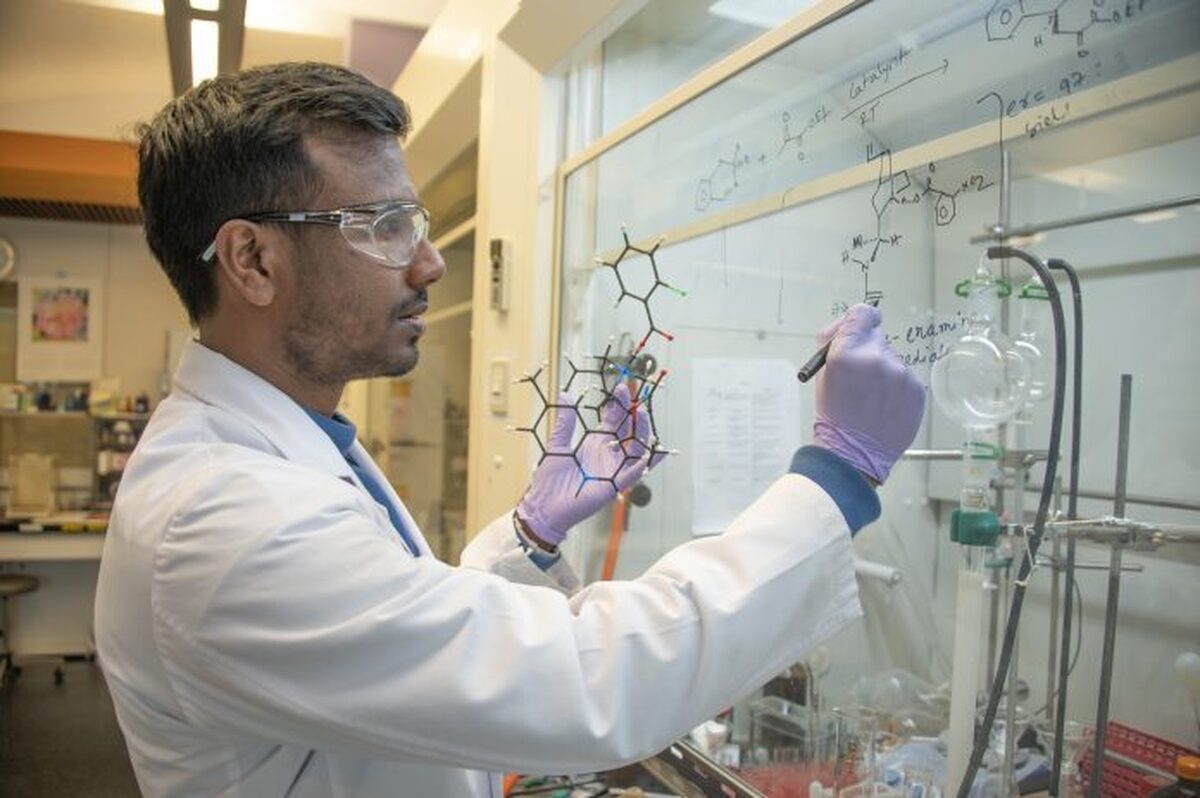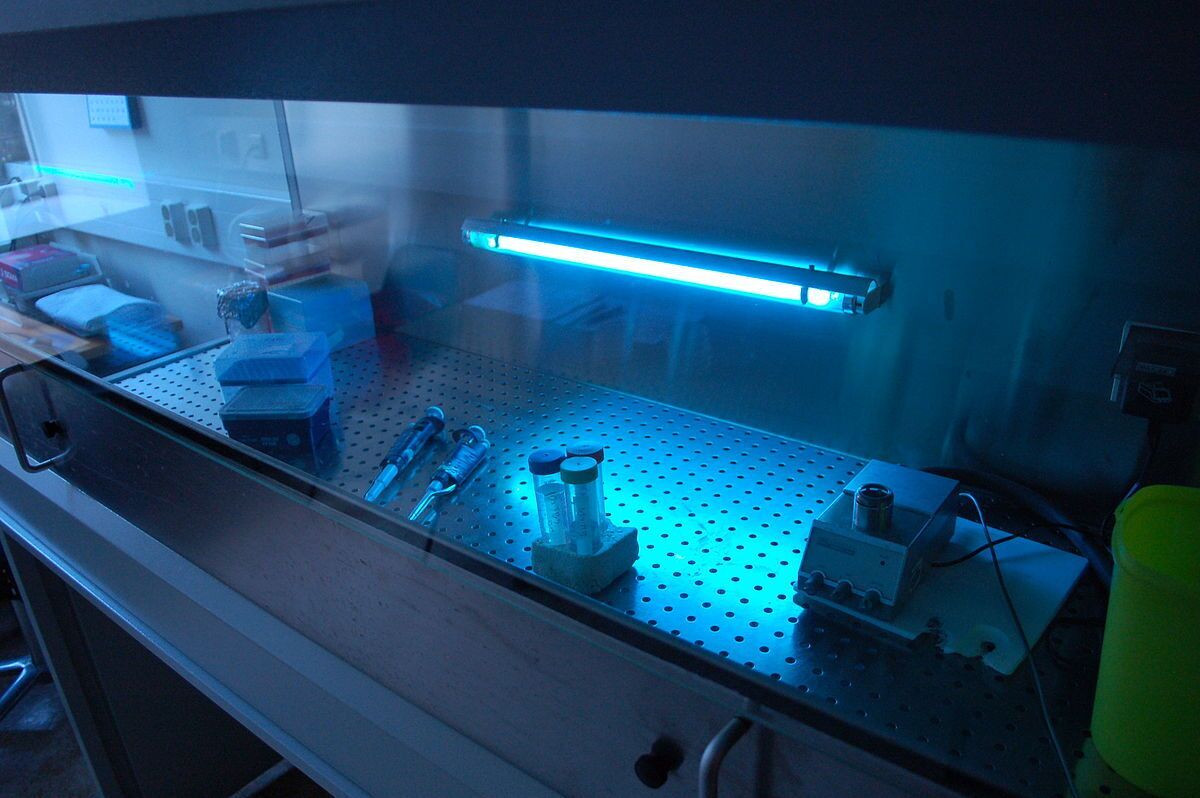Scientists Develop Catalyst with 7.9x Higher Activity for Hydrogen Production

This breakthrough hybrid catalyst showcased enhanced activity and stability, with potential applications for hydrogen-powered vehicles. The findings of their research were published in Angewandte Chemie, the esteemed journal that focuses on the field of chemistry.
According to data from the Ministry of Land, Infrastructure, and Transport of Korea, there were approximately 30,000 hydrogen-powered vehicles registered by 2022, representing a threefold increase compared to 2018. However, the country only has 135 hydrogen fueling stations.
For hydrogen to be more accessible for vehicles and to be recognized as a reliable energy alternative, it’s essential to bring down the production costs of hydrogen, ensuring it’s economically viable. Central to this objective is optimizing the efficiency of the electrolysis-hydrogen evolution process, which produces hydrogen from water.
Recently, a team of researchers comprising Professor In Su Lee, Research Professor Soumen Dutta, and Byeong Su Gu from the Department of Chemistry at Pohang University of Science and Technology (POSTECH) achieved a significant improvement in the production efficiency of hydrogen, a green energy source, through the development of a platinum nanocatalyst.
They accomplished this feat by depositing two different metals in a stepwise manner.
Depositing distinct materials selectively on specific locations of a catalyst surface, whose size is in the nanometer range, poses substantial challenges. Unintended depositions may block the catalyst’s active sites or interfere with each other’s functions. This predicament has prevented the simultaneous deposition of nickel and palladium onto a single material. Nickel is responsible for activating water splitting while palladium facilitates the conversion of hydrogen ions into hydrogen molecules.
The research team developed a novel nanoreactor to finely control the location of metals deposited onto a 2D flat nanocrystal. Additionally, they devised a nano-scaled fine deposition process, enabling the coverage of different facets of the 2D platinum nanocrystal with different materials. This new approach led to the development of a “platinum-nickel-palladium” three-metal hybrid catalyst material achieved through consecutive depositions that selectively cover the flat surface and the edge of the 2D platinum nanocrystal with palladium and nickel nano thin films respectively.
The hybrid catalyst featured distinct nickel/platinum and palladium/platinum interfaces positioned to facilitate the water splitting and hydrogen molecule generation processes respectively. Consequently, the collaborative occurrence of these two different processes significantly boosted the effectiveness of electrolysis-hydrogen evolution.
The research outcomes revealed that the three-metal hybrid nano catalyst exhibited a 7.9-fold increase in catalytic activity compared to the conventional platinum-carbon catalyst. Moreover, the novel catalyst demonstrated significant stability, maintaining its high catalytic activity even after a prolonged 50-hour reaction time. This resolved the issue of functional interferences or collisions between heterointerfaces.
Professor In Su Lee who led the research expressed his optimism by stating, “We have successfully developed harmonious heterointerfaces formed on a hybrid material, overcoming the challenges of the process.” He further added, “I hope the research findings will find widespread application in the development of catalytic materials optimized for hydrogen reactions.”
4155/v
























